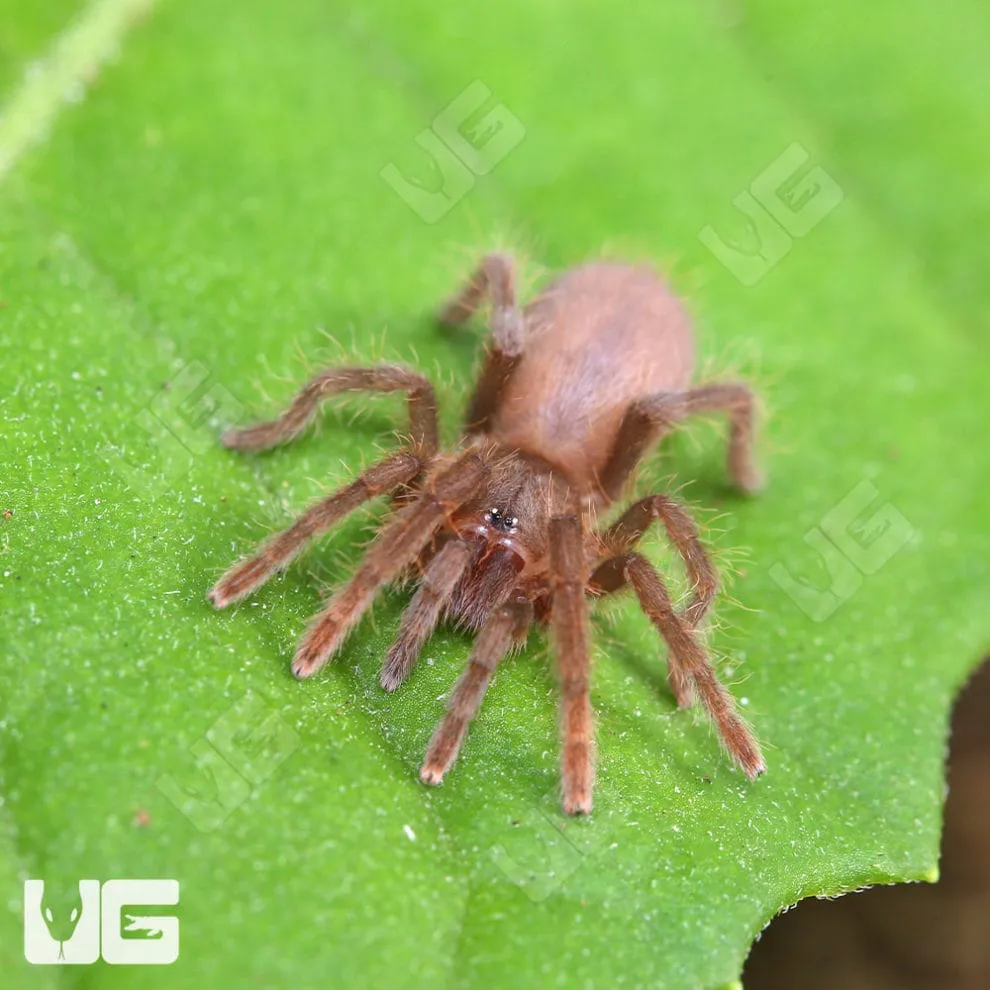What is the Cameroon Red Tarantula?
The Cameroon Red Tarantula (Hysterocrates gigas) is a captivating and increasingly popular species among tarantula enthusiasts. Originating from the tropical rainforests of Cameroon, this spider is admired for its striking appearance, relatively docile temperament, and manageable care requirements, making it a great choice for both novice and experienced keepers. These arachnids are not only fascinating to observe but also play a crucial role in their ecosystem, contributing to the balance of invertebrate populations in their natural habitat. Understanding the basics of this fascinating creature is essential to appreciating its beauty and ensuring its well-being in captivity.
Appearance and Characteristics
The Cameroon Red Tarantula is immediately recognizable due to its stunning coloration and robust build. The body of this tarantula is covered with reddish-brown hairs, which give it its common name. The carapace, the upper shell of the cephalothorax, often displays a darker shade, providing a striking contrast to the rest of the body. The legs are thick and powerful, adapted for both burrowing and navigating the forest floor. As with all tarantulas, the Cameroon Red possesses eight eyes, though their vision is not particularly acute. The overall appearance of the Cameroon Red Tarantula is one of strength and beauty, reflecting its place at the top of the food chain in its native environment.
Size and Coloration
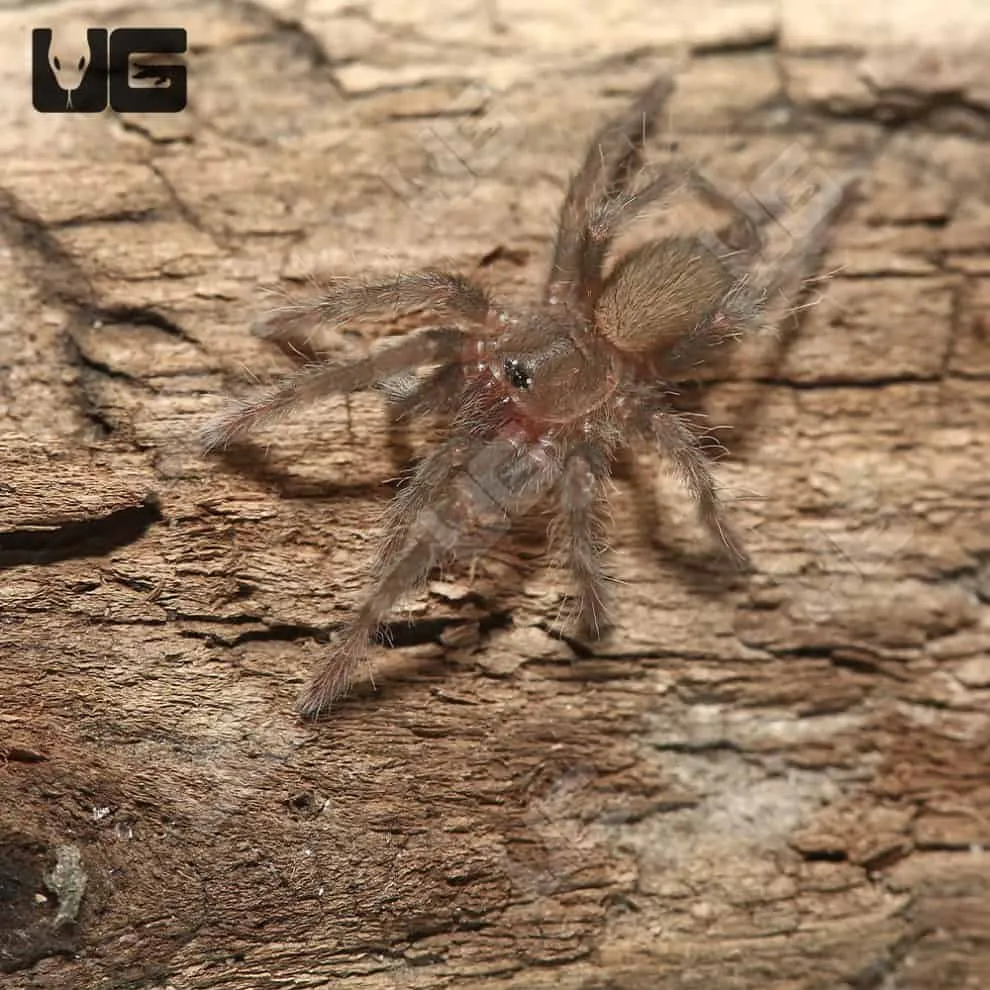
Adult Cameroon Red Tarantulas can reach impressive sizes, making them one of the larger tarantula species available in the pet trade. Females, as is typical in the tarantula world, tend to be larger than males, often boasting a leg span of up to 8 inches or more. The coloration, as mentioned earlier, is predominantly reddish-brown, but there can be variations depending on the individual spider and its environment. Some may exhibit a richer, more vibrant red, while others may lean towards a more subdued, earthy tone. This variance adds to the allure and uniqueness of each individual tarantula, making them a true centerpiece for any collection.
Lifespan
One of the appealing aspects of owning a Cameroon Red Tarantula is their relatively long lifespan, especially for females. Females can live for up to 10-15 years or even longer under optimal care conditions. Males, on the other hand, typically have a shorter lifespan, often living for only 2-3 years after reaching maturity. The extended lifespan of females means they can be a long-term commitment, providing years of enjoyment and observation. Proper care, including a suitable habitat, appropriate diet, and consistent temperature and humidity, plays a significant role in maximizing their lifespan and ensuring their overall health and well-being.
Where They Live
Understanding the natural habitat of the Cameroon Red Tarantula is crucial for providing appropriate care in captivity. These tarantulas are native to the tropical rainforests of Cameroon, a country in Central Africa known for its diverse ecosystems. Their natural environment influences many aspects of their behavior and care requirements, making it important to replicate these conditions as closely as possible in their captive environment. Learning about their natural habitat can help hobbyists better understand the needs of these captivating creatures.
Habitat and Native Range
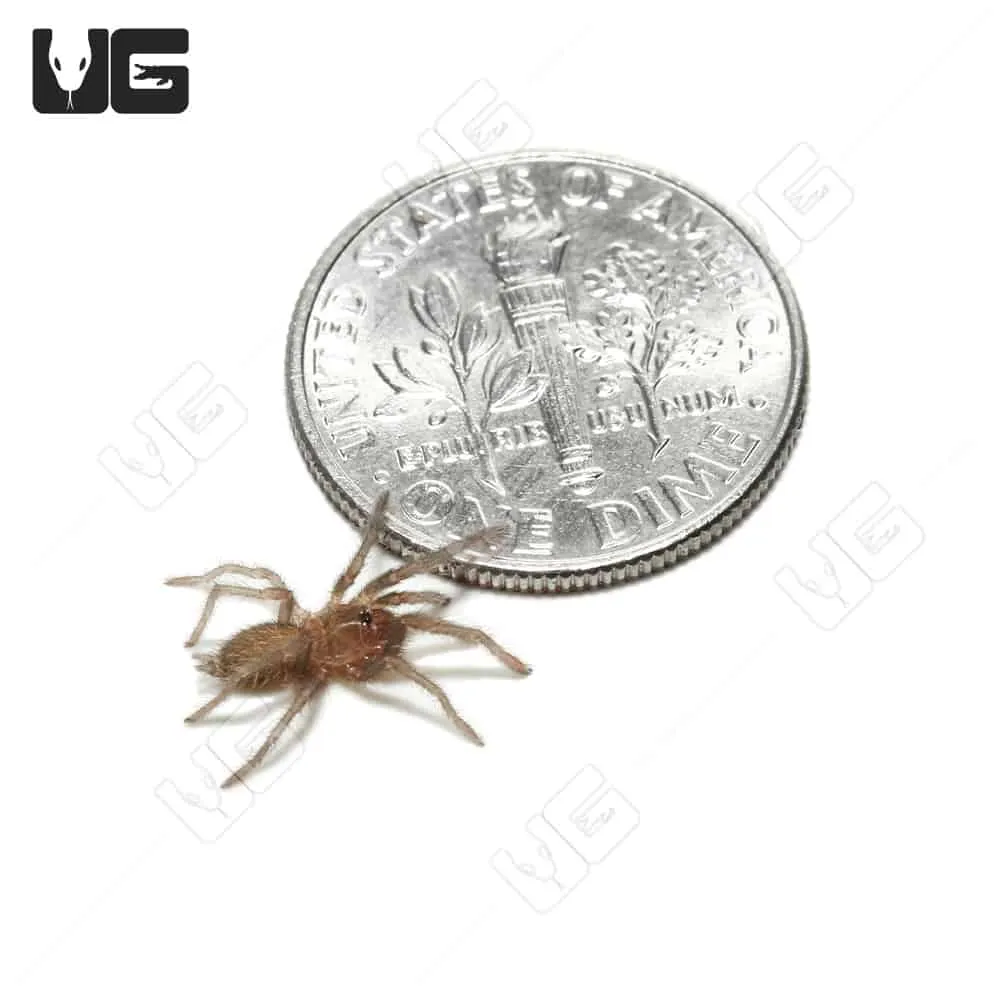
In their native habitat, Cameroon Red Tarantulas are primarily found in the lush, humid rainforests of Cameroon. These environments are characterized by high humidity, warm temperatures, and dense vegetation. The tarantulas are often found on the forest floor or in burrows they create themselves. The forest floor provides a rich source of organic matter and insect life, which are key components of their diet. The climate in Cameroon is consistently warm and humid year-round, conditions that are essential for the survival and well-being of these tarantulas.
Burrowing Behavior
Cameroon Red Tarantulas are known for their burrowing behavior, which is a natural instinct to create a safe and secure environment. They use their strong legs and chelicerae to dig burrows in the substrate, often lining them with silk to stabilize the walls. These burrows serve as a refuge from predators, a place to molt, and a temperature-controlled haven. In captivity, it is essential to provide a deep substrate, such as a mixture of coconut fiber, peat moss, and vermiculite, to allow them to exhibit this natural behavior. The depth of the substrate should be sufficient to allow the tarantula to fully bury itself.
Diet and Feeding Habits
Providing a proper diet is essential for the health and growth of your Cameroon Red Tarantula. These tarantulas are opportunistic predators, meaning they will eat a variety of insects and other invertebrates. Understanding their feeding habits, preferred prey, and feeding frequency will contribute significantly to their well-being in captivity. Offering a balanced diet is crucial to ensure they receive all the necessary nutrients to thrive.
What do They Eat?
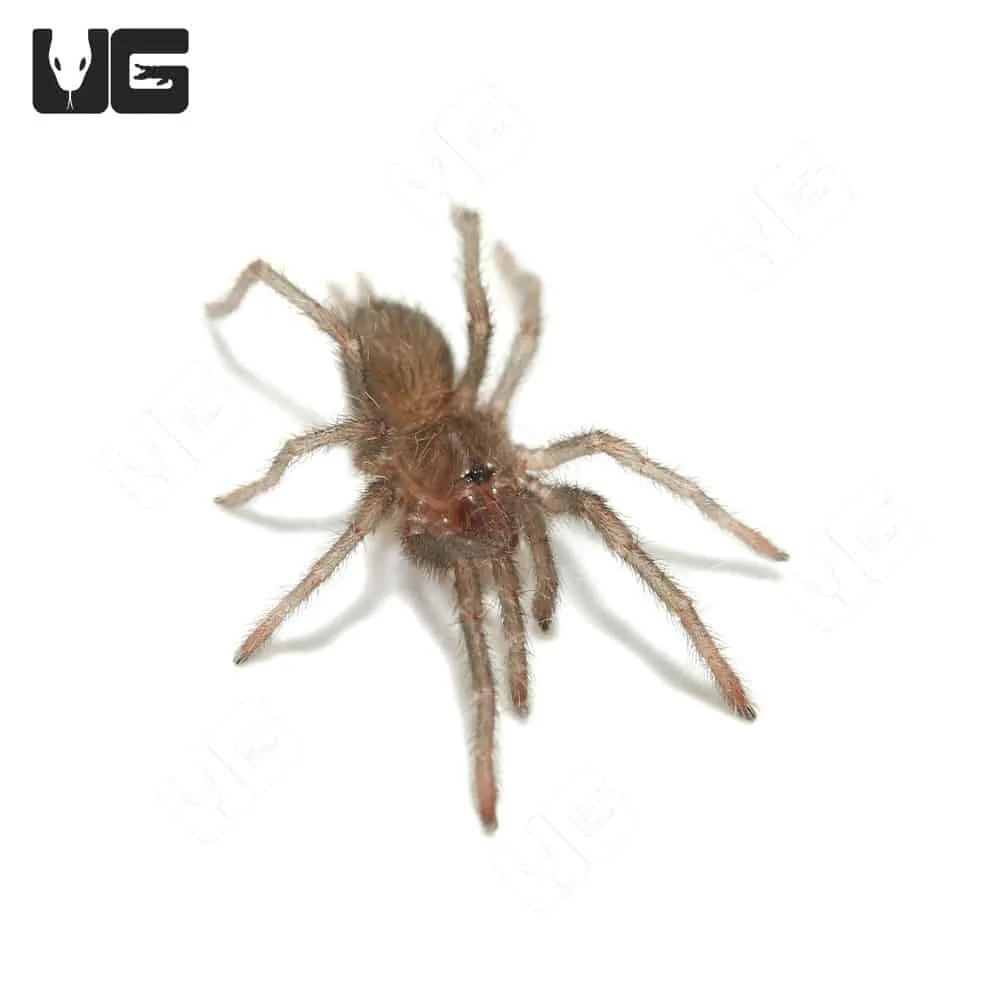
The Cameroon Red Tarantula primarily feeds on insects. Crickets, mealworms, roaches, and other readily available feeder insects make up the bulk of their diet. It’s important to ensure that the insects are gut-loaded before feeding them to your tarantula, which means providing the insects with nutritious food to enhance the nutritional value passed on to the spider. Occasional treats, such as small pinky mice, can be offered to adult tarantulas, but these should be used sparingly as a supplement rather than a regular food source.
Feeding Frequency
The feeding frequency for a Cameroon Red Tarantula depends on its age and size. Spiderlings and juveniles should be fed more frequently, typically every 2-3 days. As they mature, the feeding frequency can be reduced to once or twice a week. Adults can often be fed once a week or even less, depending on their appetite and body condition. Always remove any uneaten prey within 24 hours to prevent stress and maintain a clean enclosure. Monitor the tarantula’s abdomen; a well-fed tarantula will have a plump abdomen, while a skinny abdomen may indicate underfeeding.
Temperament and Handling
Cameroon Red Tarantulas are generally known for being relatively docile tarantulas. However, it is crucial to respect their boundaries and understand their defensive mechanisms. While they are not typically aggressive, they can still react defensively if they feel threatened. Approaching them with caution and understanding their potential behavior is key to a safe and enjoyable experience.
Handling Precautions
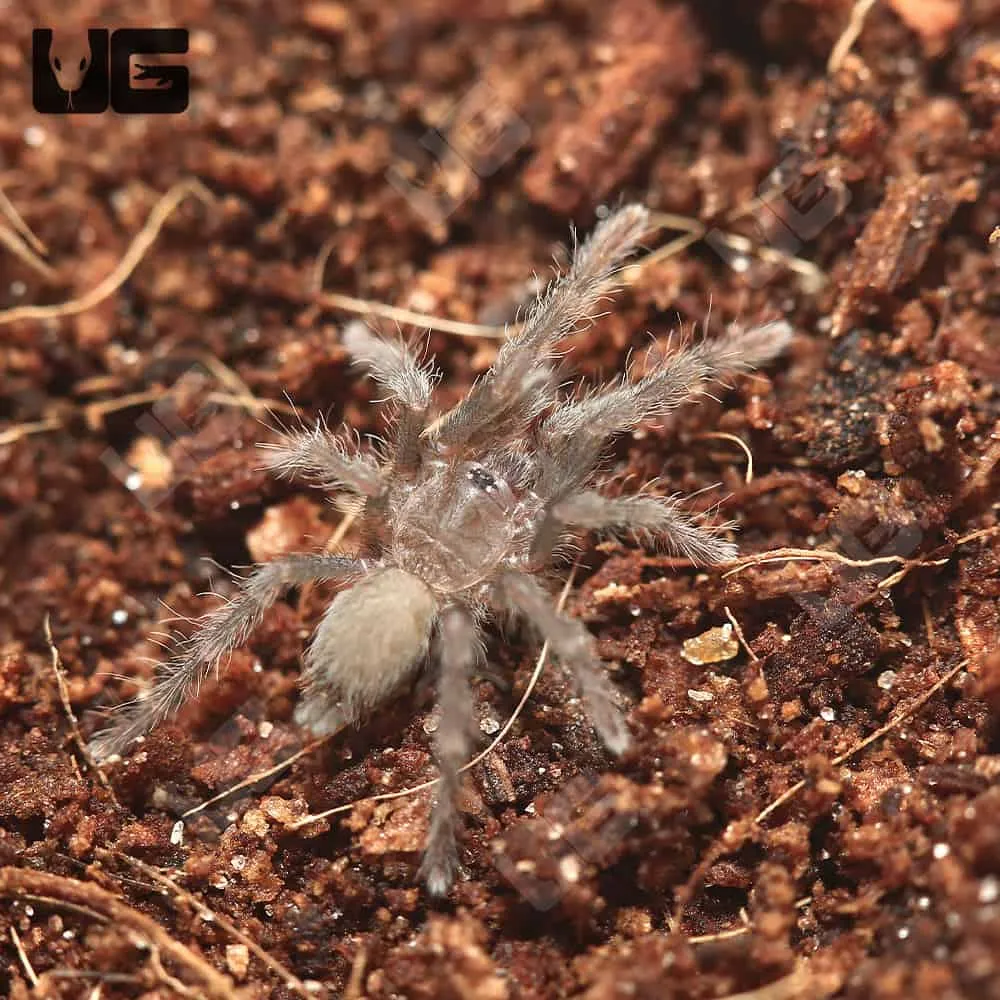
Handling a Cameroon Red Tarantula should be done with extreme caution and is generally not recommended, especially for inexperienced keepers. Tarantulas are fragile, and a fall from even a short height can be fatal. If handling is necessary, do so close to the ground and use a soft surface to catch the spider if it falls. Always supervise children and educate them about the potential dangers. Never handle a tarantula if you are unsure or uncomfortable.
Defensive Mechanisms
Like all tarantulas, the Cameroon Red has defensive mechanisms it employs when feeling threatened. These include flicking urticating hairs (small, irritating hairs) from their abdomen, biting, or raising their front legs in a defensive posture. While their venom is not considered medically significant to humans, a bite can still be painful. The urticating hairs can cause skin and eye irritation. Being aware of these defenses and giving the tarantula space when it displays these behaviors is essential for both the keeper and the tarantula’s safety.
Conservation Status
Understanding the conservation status of the Cameroon Red Tarantula is important for promoting responsible pet ownership and conservation efforts. While this species is not currently listed as endangered, it is essential to be aware of the factors that could impact its wild populations. Supporting conservation initiatives and practicing responsible pet ownership can contribute to the long-term survival of this fascinating tarantula.
Threats to the Cameroon Red Tarantula
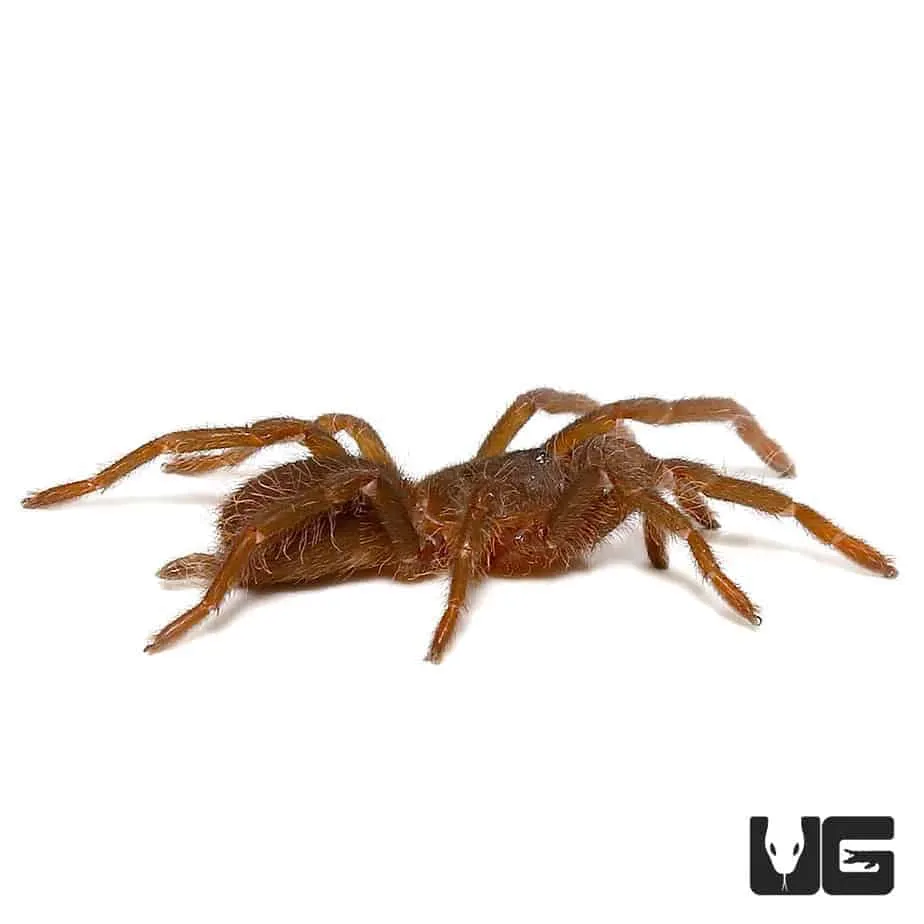
The primary threats to Cameroon Red Tarantulas include habitat loss due to deforestation and the international pet trade. Deforestation reduces their natural habitat and disrupts their food sources and shelter. The unregulated collection of tarantulas for the pet trade can also negatively impact wild populations, especially if collection rates are unsustainable. Conservation efforts should focus on protecting their native habitats, supporting responsible breeding practices, and educating the public about the importance of these animals. Purchasing captive-bred tarantulas is an important way to help reduce pressure on wild populations and support sustainable practices.
In conclusion, the Cameroon Red Tarantula is a remarkable species that offers a captivating experience for tarantula enthusiasts. With their striking appearance, manageable care requirements, and fascinating behaviors, they make a fantastic addition to any collection. By understanding their needs and practicing responsible pet ownership, we can ensure these magnificent creatures thrive in captivity and continue to thrive in their natural habitats. Enjoying the beauty of the Cameroon Red Tarantula will surely be a rewarding experience for any arachnid lover.
